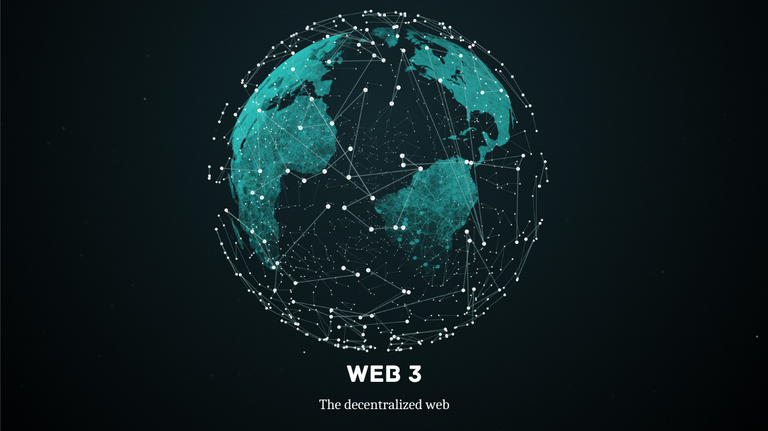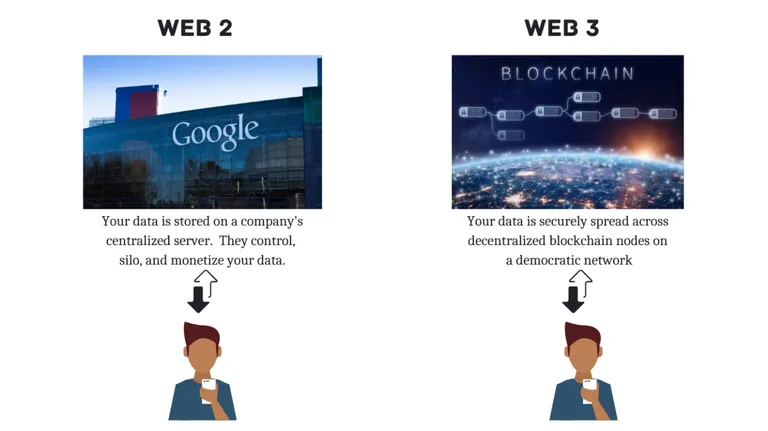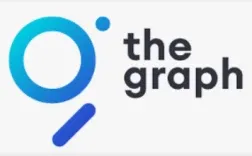
If you are curious about Web 3.0 (web 3) but don't know where to start, you've come to the right place. This post will provide a quick primer on what web 3 is, and then dig into the fun part-- helping you get onto web 3 so you can check it out! Don't worry, this will be completely safe and easy. You can use your current web browser, and you won't have to sign up for anything.
There's more than one web?
Web 1, web 2, and web 3 are buzzwords that describe milestones in the evolution of the world wide web. Think of the web as a layer that plugs into and runs on the top of the internet. All versions of the web run on the same internet, and can interact with each other simultaneously.
Web 1 was the original world wide web, based on simple static web sites marked up in HTML.
Web 2 is the internet as most people experience it today. Dominated by big tech, (Google, Facebook, etc.) web 2 features user friendly apps which require centralized servers to store data and perform back end processing. Your data is owned, siloed, and monetized by the company doing the processing.

What is Web 3?
Keep in mind that Web 3 is rapidly advancing, and still in it's infancy. Things move fast in this space, and (other than cryptocurrency) it's mostly not yet ready for widespread adoption. Also note that I have oversimplified this a bit for the sake of brevity (I know your itching to see the web 3 in action).
The two key characteristics of web 3 are:
Apps are replaced by dapps (distributed apps) that communicate with decentralized blockchain nodes on a democratic network. This enables a paradigm shift of control from big tech companies owning your data to retaining ownership of your data, which is encrypted and distributed across democratized networks run by many individuals and companies. You wouldn't be able to tell the difference between a web 2 app and web 3 app from just looking at the user interface. It's all about what's happening "under the covers" with your data and how it's processed and stored, and most importantly, who owns it (you!).
Security is ensured with cryptography, and unique identity and money are built into the web 3 browsing experience through a wallet. With web 2, you were just an IP address but with web 3, you are more of an online persona who can prove their identity and make transactions securely with their wallet.
These are incredible technologies that are here to stay. But at this time, the current user experience is one of "With great power comes great responsibility". Just as with web 2, there are bad actors out there, and unless you are tech savvy and willing to invest time to do your own research (DYOR), it's probably best to wait a while before adopting web 3 into your everyday life.
OK, that's it for the quick (oversimplified) overview, now the fun part... the following tour will be stress-free. You can use whatever browser you are reading this blog post on, and check out some cool web 3 sites right now!

A quick tour of web 3
Here are some projects that I recommend checking out to get a feel for what is out there. Just click the links below and they will open in a new tab. You will notice that these sites are just as functional and beautiful as those you are used to using with web 2, but what sets them apart is the decentralization "under the covers". Since they are new and most people don't know about web 3 yet, some of them don't have as much content as their web 2 counterparts. But the user bases in this space are growing. With Bitcoin almost mainstream, and even Ethereum smart contracts breaking into mainstream news and media, the movement towards web 3 could accelerate.

Presearch.org is a really slick decentralized search engine. I have been using it as my primary search engine for a while, and the search results seem slightly better than duckduckgo, but not quite as good as google. Some of you may already use duckduckgo (ddg) because of their "more honest" tracking and advertising policies, but ddg is still a centralized solution. As ddg grows who knows what their corporate policies will become (does anyone remember when Google's motto was "don't be evil?"). Participation is optional, but like many dapps, presearch runs on a token based ecosystem under the covers to generate revenue. Here is a quick video describing this part of their business model. You can use this link to watch the video: http://www.viewpure.com/rBZJEnXvuJQ

This post was originally posted on Publish0x before I even knew about peakd! So far, I like both sites a lot! Here's a quick quote from their about us page:
Publish0x is a crypto agnostic, Medium.com like publishing platform that rewards both authors and readers.
Readers have the option to send a micro tip to the authors and get a portion of the tip for themselves. Tips are free for both reader and author and come from our rewards pool.

Coingecko is probably the most visited cryptocurrency site on the web. A wealth of information is available there, as well as real time pricing and cryptocurrency market information. One metric on the front page that I always find interesting is Bitcoin and Ethereum dominance, or the percentage of the entire market that the top two coins hold:

The cryptocurrency space uses the term defi (decentralized finance) instead of web 3. One way to look at it is that the web 3 is being built upon the foundation that Ethereum smart contracts based defi ecosystem created. If that last sentence was confusing, don't worry. But if this blog post interests you and you want to dig a bit deeper, I encourage you to DYOR (do your own research). Here's a good place to start:
https://ethereum.org/en/what-is-ethereum/

The Graph. Some people call it the Google of blockchains. While I think that statement is a bit grand, it is a very important set of tools for web developers who want to make and link together dapps for web 3. The Graph is a well respected project that I think has great potential. The graph ecosystem has a token which is even available on Coinbase (GRT). There is a lot of good information on the front page of their website. The founder also gave one of the best summaries of Web 3 in this video- if you have a half hour or so, this is worth checking out:

Warning - It's rare, but there is sometimes inappropriate, NSFW content on the front page. If that is a concern, I suggest you skip this one, and just take a look at this informational link until their offensive material filter works better:
D.tube is web 3's answer to youtube. The first thing you will notice when you go there is that it looks and functions almost identically to Youtube. Of course, there is no where near as much content yet. You will notice a trend that most of these decentralized network ecosystems are based around a token which keeps the network running.
If you are feeling brave, here is the link (final warning, you might see inappropriate material on the front page): D.Tube

OK, this last one does require that you install an app (there are iphone, android, and desktop versions), but it's free and you don't have to give any personal information. During setup you will be given an ID and a private phrase - a series of words, which acts as your login and password. Make sure you put the private phrase somewhere in safe keeping, and never share it with anyone.
Session is a decentralized, secure messaging platform that has phone and desktop apps. You can use it to message person-to-person, and it also supports public and private groups. You may be familiar with Telegram. While session is not as far along in it's development, it is still quite feature rich, and I enjoy using it daily. One advantage that it has over Telegram is that it is not tied to a phone number or email address, so you can retain anonymity. Your id consists of a long string of numbers and letters. You just give this id to others, then they can save you as a contact inside the session app.
Well, that's it for now...
I hope you enjoyed this quick intro and jump start into web 3. I am very excited about this space, and doing my best to transition my online presence fully to web 3. I believe in the technology and want to be an early adopter even though I know it's not for everyone (yet).
My next blog post will be a continuation of the web 3 tour where I will introduce you to the "built-in identity and wallet" aspect of web 3. I will introduce Brave, the most decentralization-friendly web browser and help you set it up with a wallet using Meta Mask plugin for Brave. Did all of that sound like gobbledygook? Don't worry, I'll break it all down in my next post!
Until then I wish you the best, from my homestead to yours!
-homesteadhacker